18 Strange and Beautiful Destinations You Won’t Find in Travel Guides
There are countless beautiful places around the world that rarely make it into traditional travel guides. These hidden gems offer stunning landscapes, unique experiences, and a sense of adventure for those willing to step off the beaten path. Whether it’s a secluded island, a surreal natural formation, or a remote village, these destinations hold a special kind of charm. They may not have the same recognition as famous landmarks, but they are just as awe-inspiring.
This post may contain affiliate links, which helps keep this content free. Please read our disclosure for more info.
Aysén Region, Chile
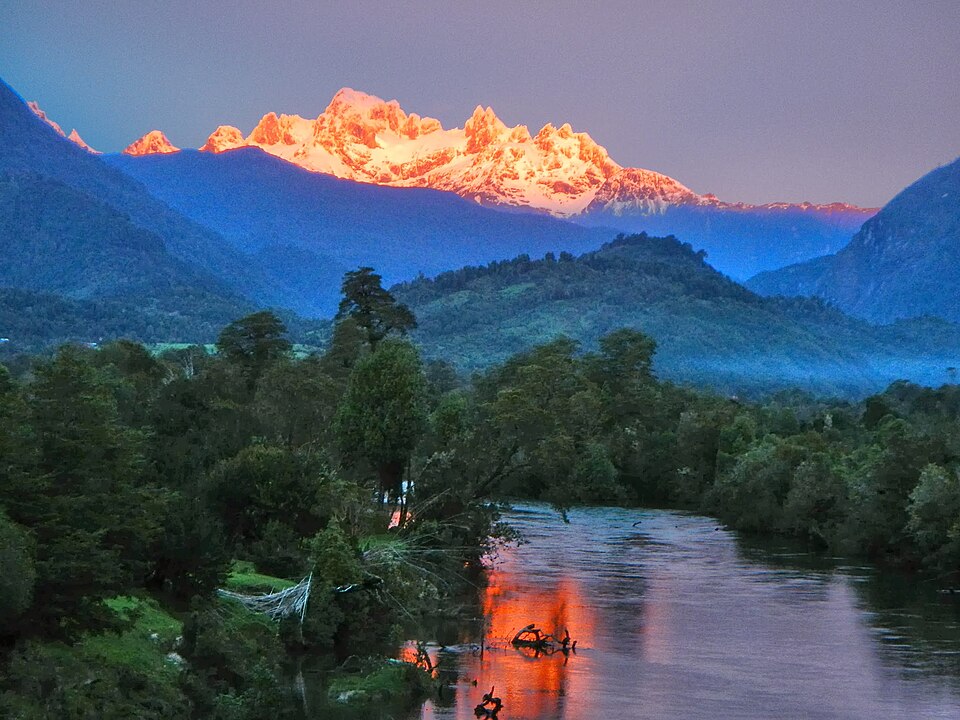
Tucked away in southern Chile, Aysén is an unspoiled region that showcases natural beauty at its finest. With its wild landscapes and jagged mountains, it offers a glimpse of untouched wilderness, far from the well-trodden tourist paths. Visitors can explore the stunning marble caves along the General Carrera Lake or wander through lush forests that remain largely unexplored. Its remote location means that only those seeking adventure will make the journey, allowing for an incredibly peaceful and intimate experience.
In addition to its breathtaking scenery, Aysén is home to a rich local culture that thrives away from major cities. The area is perfect for outdoor activities like hiking, kayaking, and fly fishing, offering an unparalleled opportunity to connect with nature. If you seek solitude and a deep appreciation for untouched beauty, Aysén is an essential stop for those who are looking for something extraordinary.
The Valley of the Moon, Argentina
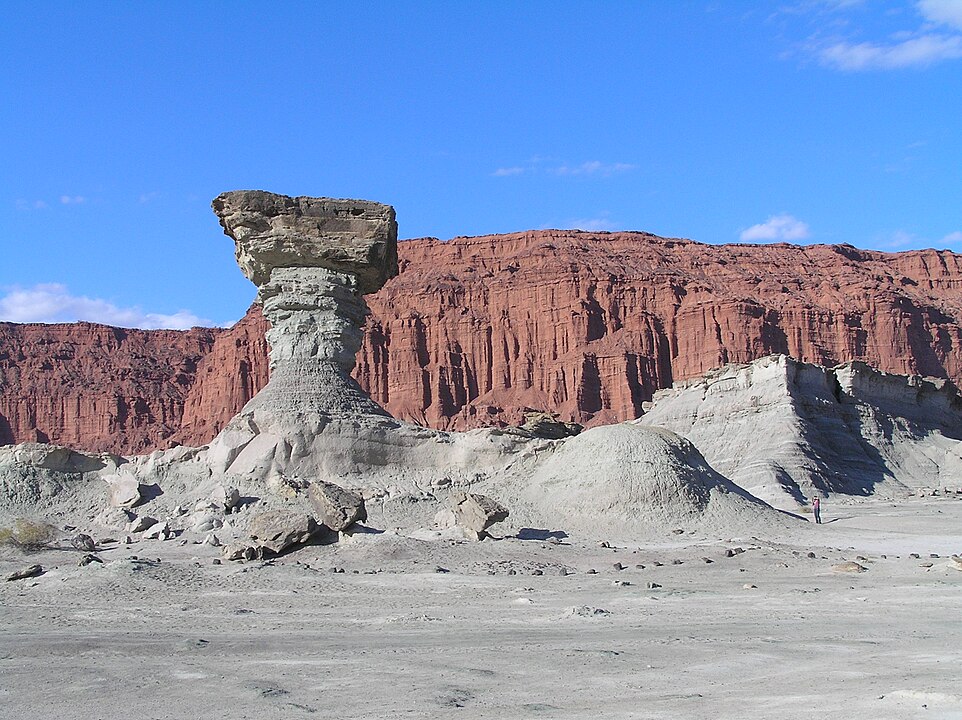
In the middle of Argentina’s desert, the Valley of the Moon is a place where the landscape feels entirely otherworldly. Its vast, barren terrain is composed of rock formations and eroded hills, making it appear as though you have stepped onto the surface of the moon itself. The shifting colors of the valley at sunset create a mesmerizing sight, giving the place an ethereal glow. This strange yet stunning environment has few tourists, making it a peaceful and unforgettable destination.
Visitors can explore the region by foot or bike, discovering the unique geology and even ancient fossils that hint at the area’s prehistoric past. The quiet of the desert enhances the feeling of isolation and beauty, making this destination truly special for those who appreciate the raw power of nature. For anyone looking to get away from the crowds, the Valley of the Moon provides a rare, tranquil experience.
Lake Natron, Tanzania
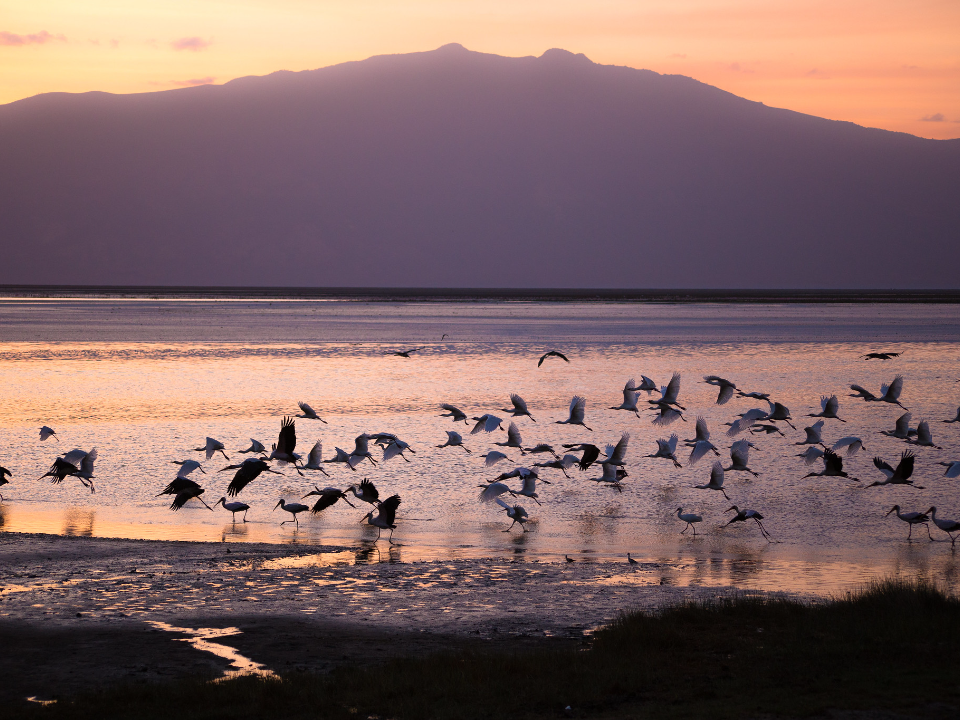
Lake Natron is one of the most unusual destinations in Africa, known for its striking red-colored waters. Located in northern Tanzania, this lake’s high salinity and alkalinity make it a harsh and inhospitable environment for most life forms. The lake’s eerie hue comes from the presence of algae that thrive in its extreme conditions. While it may not be an ideal spot for swimming or water sports, its unusual appearance is captivating for those who dare to visit.
Despite the lake’s inhospitable environment, it plays an important role in the local ecosystem, particularly as a breeding ground for flamingos. The surrounding volcanic landscapes provide a dramatic backdrop, adding to the area’s surreal charm. A visit to Lake Natron offers the chance to witness a truly unique ecosystem that few will ever experience firsthand.
Mount Roraima, Venezuela
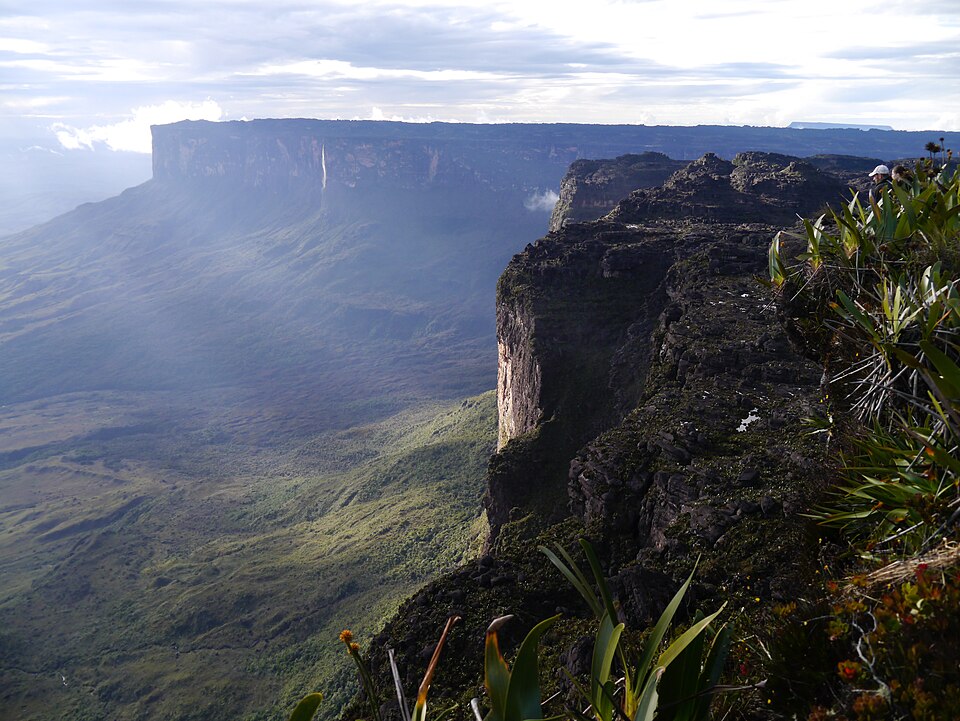
Mount Roraima is one of the most fascinating and isolated peaks in the world. Located in the Gran Sabana region of Venezuela, this flat-topped mountain stands at 2,810 meters above sea level, rising dramatically above the surrounding rainforest. The summit, known for its unusual and surreal shape, has long been a source of inspiration for writers and adventurers. It is said to have inspired the novel The Lost World by Sir Arthur Conan Doyle, thanks to its primeval landscape and its remote location.
Getting to the top of Mount Roraima requires a multi-day trek, but the reward is a view like no other. The summit is covered with strange, otherworldly plants, and its isolation has allowed species to evolve in unique ways. For those ready to embark on a challenging journey, the experience of standing atop this iconic peak is nothing short of spectacular.
The Spotted Lake, Canada
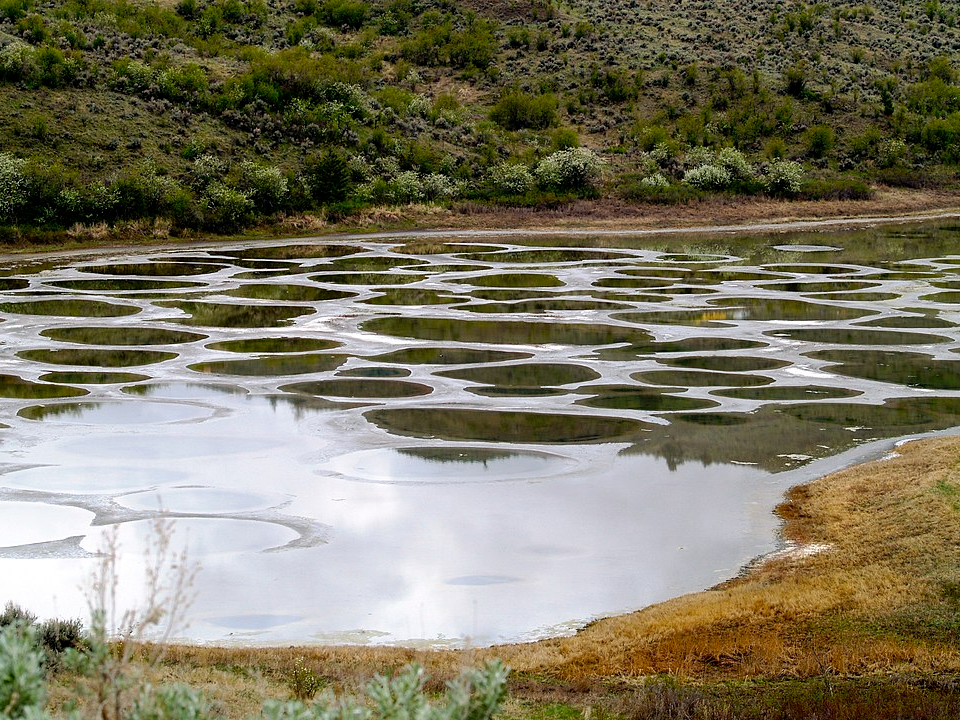
Located in British Columbia, Canada, Spotted Lake is a natural wonder that appears to have been painted with polka dots. The lake’s surface is covered in small, colorful spots of various sizes, caused by the mineral-rich water evaporating in the summer heat. The spots change color depending on the concentration of minerals in the water, creating a mesmerizing effect. The lake is sacred to the Indigenous people of the area, and while it is a protected site, it remains open to visitors who want to see its striking appearance.
The unique formations of Spotted Lake are a result of the high concentration of minerals like magnesium, sulfate, and calcium that are naturally found in the water. During the summer months, as the water level drops, the spots become more visible. Visitors can stop by to view this rare natural phenomenon, making it a must-see for anyone in the area.
Socotra Island, Yemen
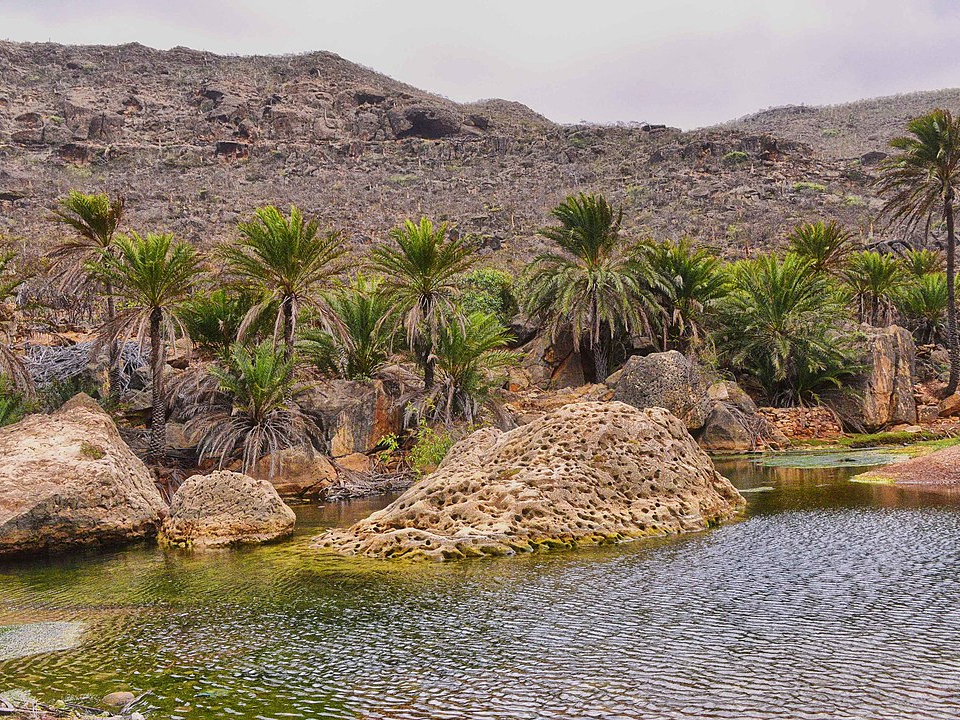
Socotra Island is one of the most mysterious and otherworldly places on Earth. Located off the coast of Yemen, this island is home to a unique ecosystem with over 30% of its plant life found nowhere else in the world. Its most iconic plant, the Dragon’s Blood Tree, has a strange, umbrella-like shape and produces a red resin that is highly valued. The island’s isolation from the mainland has allowed for the development of rare and bizarre species, making it a paradise for nature lovers and researchers alike.
Socotra’s beaches, rugged mountains, and caves provide plenty of opportunities for exploration, and its clear waters are ideal for diving and snorkeling. Despite its remote location, the island offers a glimpse into a world that feels completely alien. Those who are lucky enough to visit will encounter a destination unlike any other, where the natural world seems to have taken on an entirely different form.
Pangkalan Bun, Indonesia
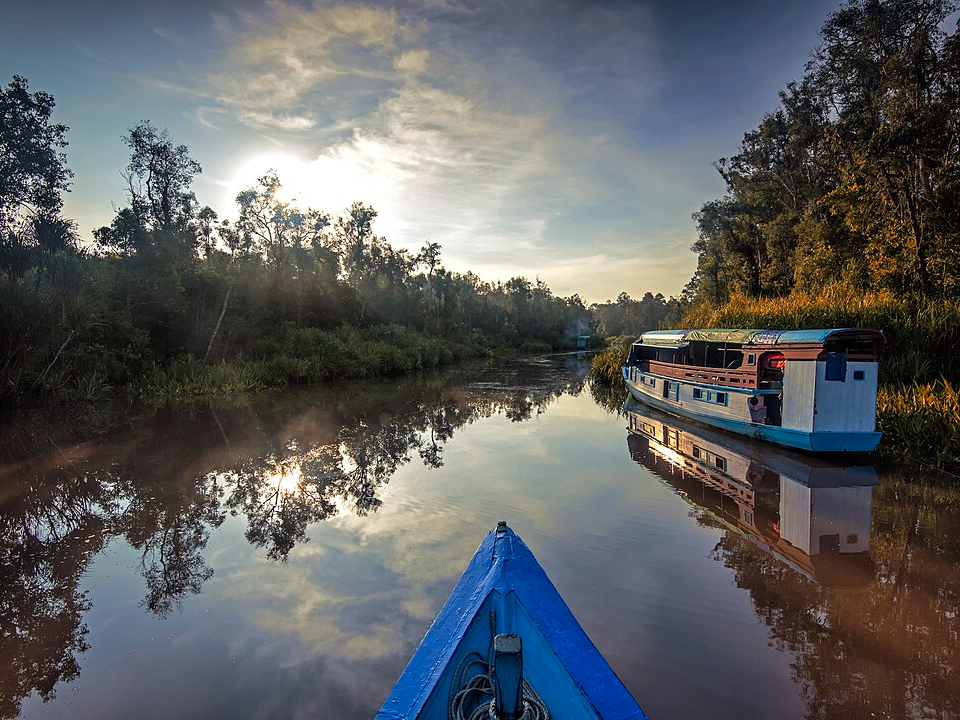
Pangkalan Bun, a town located on the island of Borneo in Indonesia, offers visitors the chance to experience a rare tropical ecosystem. Situated at the edge of the Tanjung Puting National Park, the area is famous for its orangutan conservation efforts and its incredible biodiversity. Taking a boat trip through the river channels allows visitors to spot the endangered orangutans in their natural habitat, as well as other wildlife like proboscis monkeys and various bird species.
Beyond its wildlife, Pangkalan Bun is surrounded by lush rainforests and mangrove swamps, creating an atmosphere that is both peaceful and wild. The town offers a quiet escape from the busy tourist crowds, and its natural beauty is a major draw for eco-tourists. A trip to Pangkalan Bun is an opportunity to witness the delicate balance of nature in one of the world’s most important ecosystems.
Pamukkale, Turkey
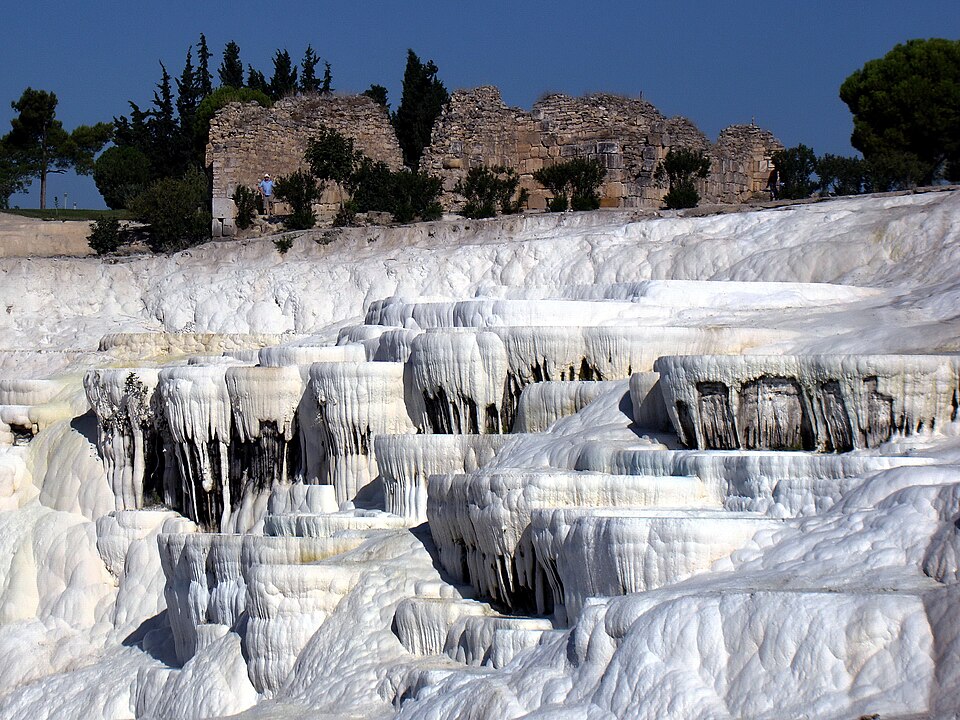
Pamukkale, located in southwest Turkey, is famous for its stunning white terraces formed by mineral-rich thermal waters. The natural pools have a striking appearance, as the calcium deposits have created terraces that look like snow, contrasting beautifully against the green landscape below. Visitors can bathe in the warm waters, which have been used for therapeutic purposes since Roman times. The area is also home to the ancient city of Hierapolis, offering a mix of natural beauty and historical significance.
The unique landscape of Pamukkale, often referred to as the “Cotton Castle,” is a rare natural phenomenon formed over thousands of years. The terraces are still active, with hot spring waters continuously flowing through them, creating new formations. For those visiting Turkey, Pamukkale offers a breathtaking sight that combines nature, history, and healing.
Isle of Skye, Scotland
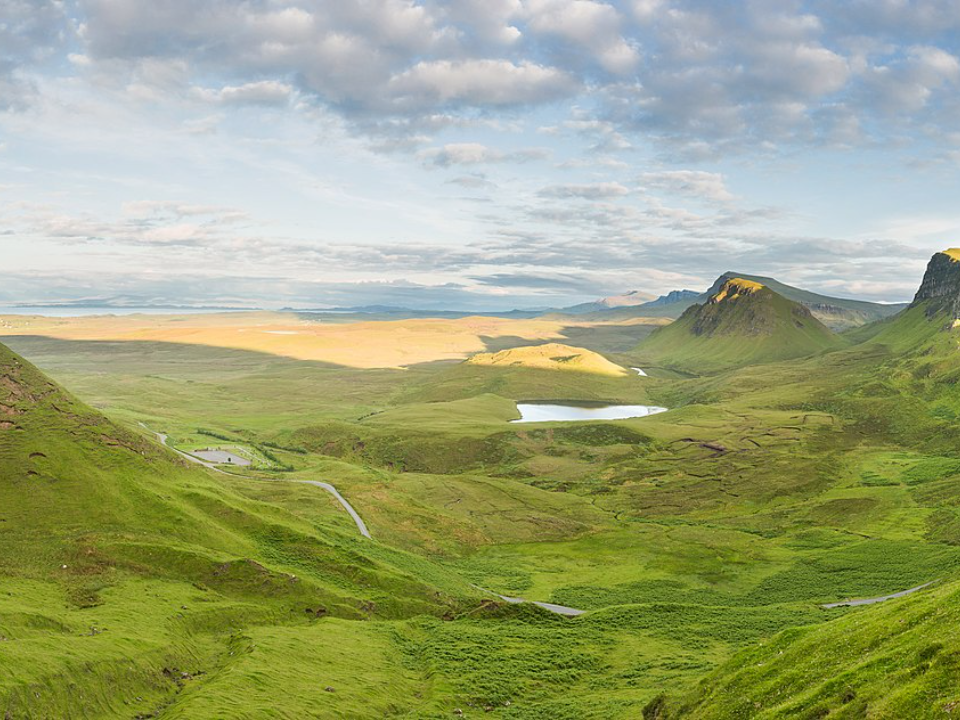
The Isle of Skye in Scotland is a place where rugged landscapes and rich history come together. Known for its dramatic cliffs, deep lochs, and ancient castles, the island is perfect for those seeking adventure and beauty. The Old Man of Storr, a towering rock formation, is one of the most iconic landmarks on the island and offers some of the best hiking trails in the region. The area’s isolated charm, with its mist-covered hills and remote villages, creates an atmosphere that is both mysterious and welcoming.
Skye’s landscape has been shaped by centuries of natural forces, from volcanic eruptions to glacial movements. This combination of natural beauty and history makes the island an intriguing destination for travelers looking to explore both the past and present. The Isle of Skye is a hidden gem that promises an unforgettable experience for anyone who ventures there.
Tsingy de Bemaraha, Madagascar
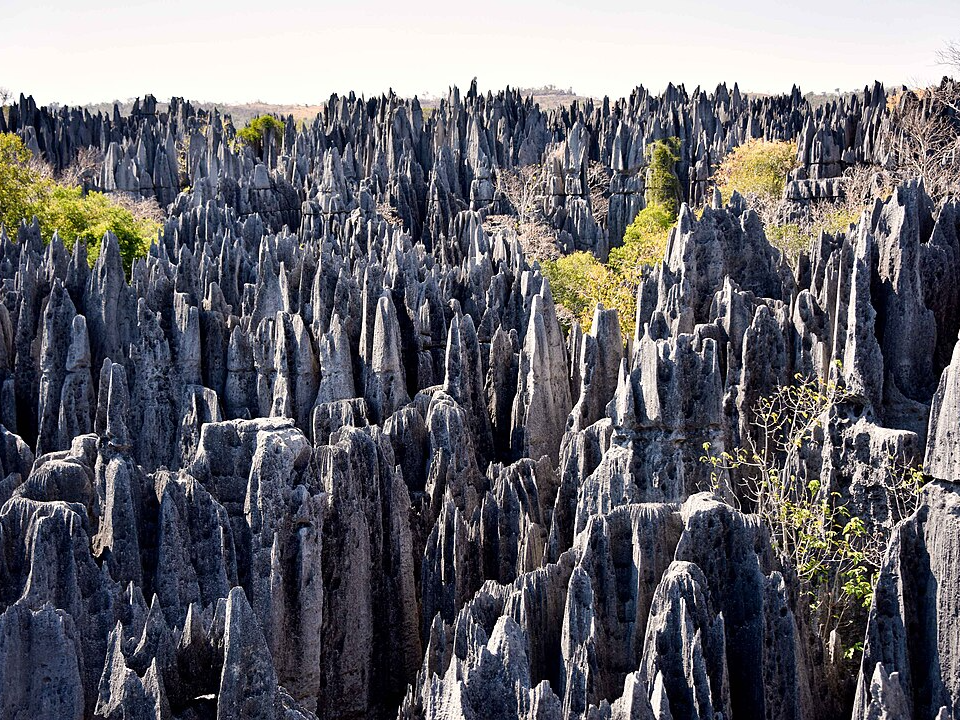
Tsingy de Bemaraha is a UNESCO World Heritage Site located in western Madagascar, renowned for its dramatic limestone formations. These “Tsingy” are sharp, needle-like rocks that rise from the earth, creating a labyrinth of caves and narrow passages. The jagged peaks are a true spectacle, and the park is home to diverse wildlife, including lemurs and various bird species. Exploring the Tsingy is a thrilling experience, as visitors navigate the rock formations with the help of ropes and ladders.
The surrounding area of the Tsingy de Bemaraha is equally impressive, with dense forests, rivers, and waterfalls that enhance the sense of adventure. The remote location of the park keeps it largely untouched, providing a rare opportunity to explore one of the world’s most unusual natural landscapes. It is a must-see for anyone looking for an off-the-beaten-path destination that offers both beauty and excitement.
Mount Erebus, Antarctica
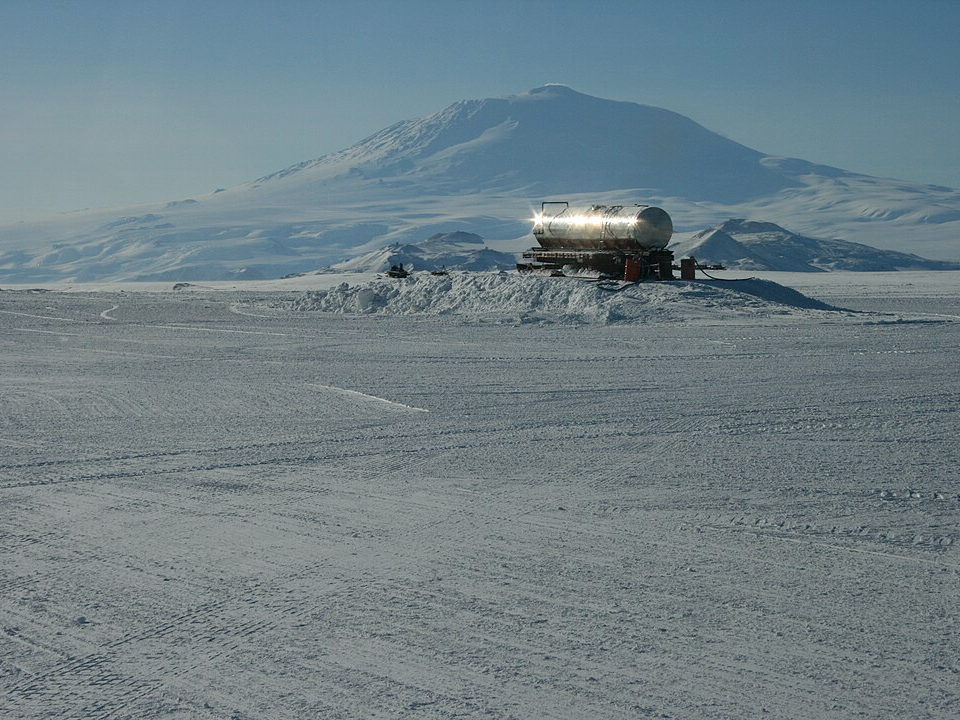
Mount Erebus, located on Ross Island in Antarctica, is one of the most active volcanoes in the world. Its constant plume of smoke and bubbling lava create a haunting and fascinating sight. The mountain stands at 3,794 meters above sea level, making it the southernmost active volcano on Earth. Visiting Erebus is a unique experience, as it offers the chance to witness volcanic activity in one of the most remote locations on the planet.
The harsh, icy environment surrounding Mount Erebus creates an atmosphere of isolation, with few visitors daring to venture into the area. The surrounding terrain is a mix of glaciers, lava fields, and ice-covered peaks, making it a stunning yet inhospitable place. For those looking for an extreme adventure, a trip to Mount Erebus offers a once-in-a-lifetime opportunity to witness nature’s raw power in a place where few have set foot.
Hitachi Seaside Park, Japan

Located in Ibaraki Prefecture, Japan, Hitachi Seaside Park is a beautiful destination known for its seasonal flowers and stunning landscapes. The park’s most famous attraction is its Nemophila Hill, which turns blue every spring when the flowers bloom in full force. The sight of the vast blue carpet of flowers against the clear sky is nothing short of breathtaking. Throughout the year, the park offers different seasonal displays, from vibrant tulips to sunflowers.
In addition to its flowers, Hitachi Seaside Park offers a variety of recreational activities, such as cycling, boating, and picnicking. The park’s vastness allows visitors to enjoy a peaceful day outdoors while taking in the beautiful scenery. Whether you are a nature lover or simply looking for a scenic spot to relax, Hitachi Seaside Park offers a serene escape that is both beautiful and unique.
The Chocolate Hills, Philippines
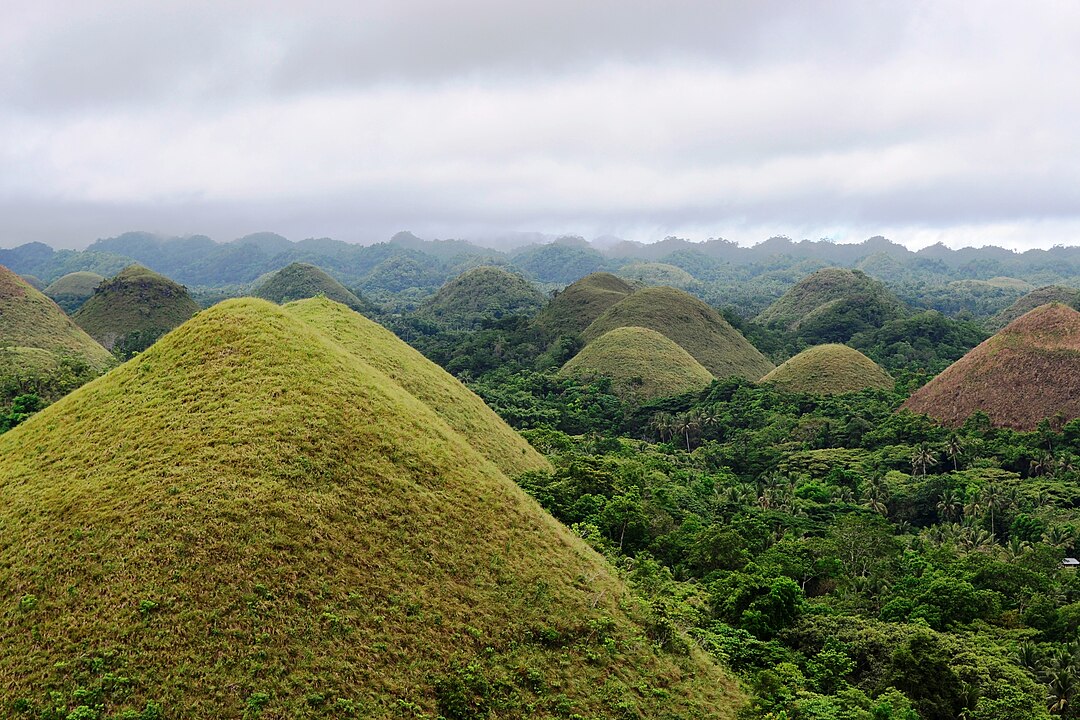
The Chocolate Hills in Bohol, Philippines, are an unusual and stunning natural formation that attracts visitors from all over the world. These 1,268 perfectly shaped hills are covered in green grass that turns brown during the dry season, hence the name “Chocolate Hills.” The sight of the hills, which seem to stretch on forever, creates a whimsical and surreal landscape. The area is also home to various wildlife, including the endangered tarsier, one of the world’s smallest primates.
Visitors to the Chocolate Hills can hike to the top of a viewing platform for a panoramic view of the landscape, making it one of the most photogenic spots in the Philippines. The hills have become a symbol of Bohol and are considered one of the country’s natural wonders. For those traveling to the Philippines, the Chocolate Hills offer a perfect combination of natural beauty and intriguing geological history.
Mount Bromo, Indonesia
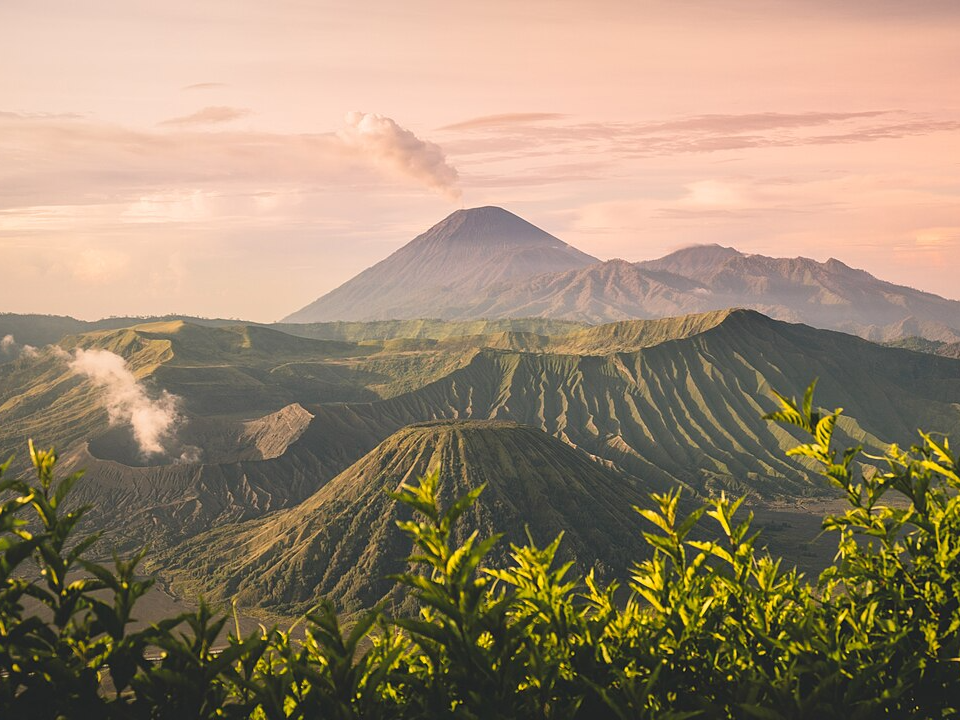
Located in East Java, Mount Bromo is an active volcano that is famous for its breathtaking sunrise views. Visitors flock to the Bromo Tengger Semeru National Park to witness the early morning sight of the volcano rising above a sea of mist. The landscape around Mount Bromo is surreal, with its vast sand sea, crater, and surrounding mountain range. The experience of watching the sunrise from the top of Bromo is one that stays with travelers for a lifetime.
The area is also home to the Tengger people, who consider Mount Bromo to be sacred. The national park offers several hiking trails, and visitors can explore the area on foot or by jeep. For those looking for a unique and unforgettable adventure, Mount Bromo offers a spectacular and mesmerizing experience.
Blue Hole, Belize
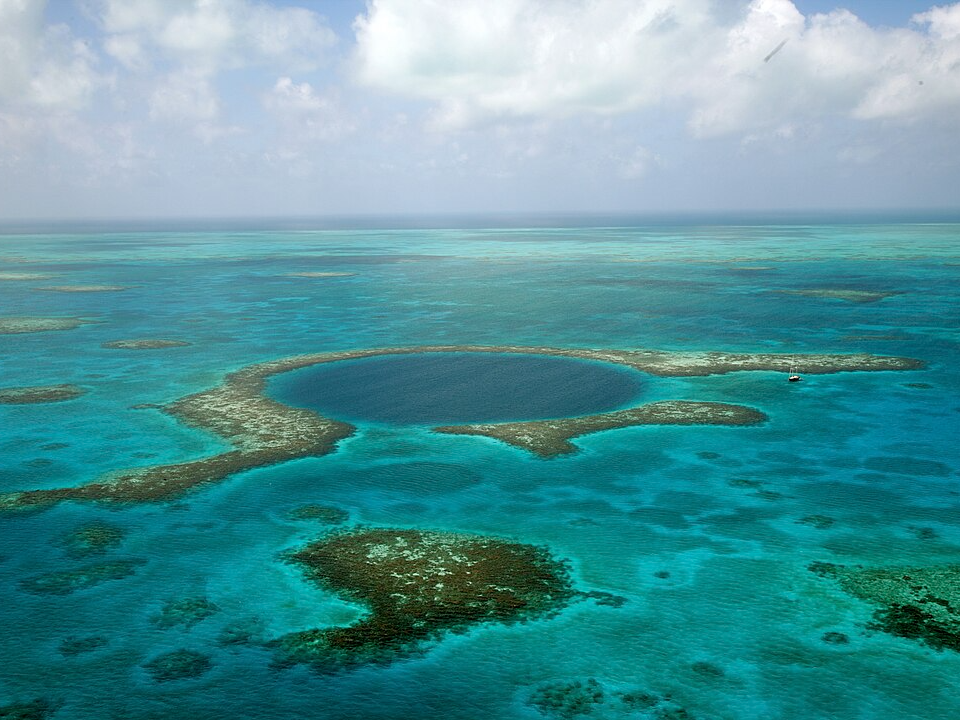
The Blue Hole in Belize is a world-famous dive site known for its deep blue waters and rich marine life. Located off the coast of Lighthouse Reef, the Blue Hole is a giant underwater sinkhole that reaches a depth of over 120 meters. Divers from all over the world flock to the site to explore its crystal-clear waters, limestone stalactites, and diverse marine species, including sharks, rays, and tropical fish. The Blue Hole’s unique underwater landscape makes it one of the most sought-after diving destinations.
In addition to its diving opportunities, the surrounding area is home to several smaller islands and coral reefs that offer even more chances for exploration. The pristine waters and abundant marine life make the Blue Hole a true natural wonder. For those seeking an unforgettable underwater experience, the Blue Hole is an essential destination.
Mount Fuji, Japan

Mount Fuji is Japan’s tallest mountain and an iconic symbol of the country’s natural beauty. Standing at 3,776 meters, the mountain is often seen shrouded in mist, creating a mystical and serene appearance. It is a popular destination for hikers, who can trek to the summit during the climbing season, but the mountain is also admired from a distance for its symmetrical conical shape. Mount Fuji is especially stunning during the cherry blossom season, when it is framed by delicate pink flowers.
The surrounding areas, including the Fuji Five Lakes and the Chureito Pagoda, offer some of the best views of the mountain. Visitors can also explore nearby hot springs or enjoy the peaceful atmosphere of the region. Mount Fuji is not only a popular destination for outdoor activities, but it is also a cultural symbol that represents Japan’s natural and spiritual heritage.
The Gobi Desert, Mongolia
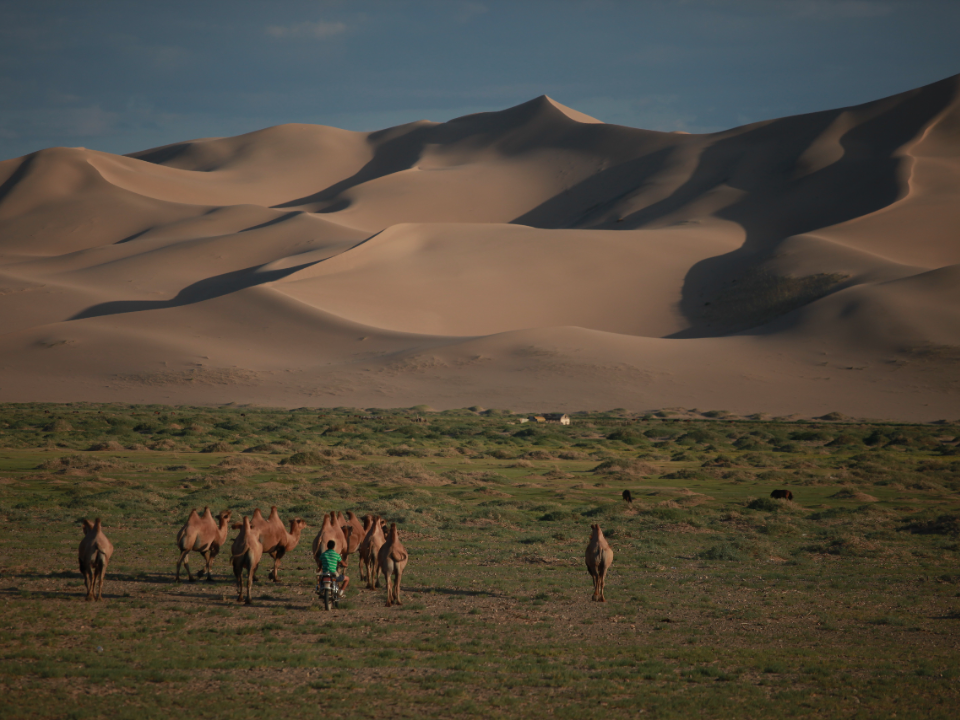
The Gobi Desert is a vast and unforgiving region of Mongolia, known for its dramatic landscapes and extreme temperatures. The desert’s golden sand dunes stretch across the horizon, offering an otherworldly appearance that captivates visitors. Despite its harsh environment, the Gobi Desert is home to a surprising amount of wildlife, including camels, wild horses, and snow leopards. The desert is also rich in history, with the ancient Silk Road passing through the area.
For adventurers and nature lovers, the Gobi Desert provides a chance to experience one of the world’s most extreme environments. Visitors can take camel treks, explore ancient ruins, and witness the unique beauty of the desert. The Gobi is a place that offers both isolation and awe-inspiring beauty, making it a perfect destination for those seeking a truly extraordinary experience.
Mount Kilimanjaro, Tanzania
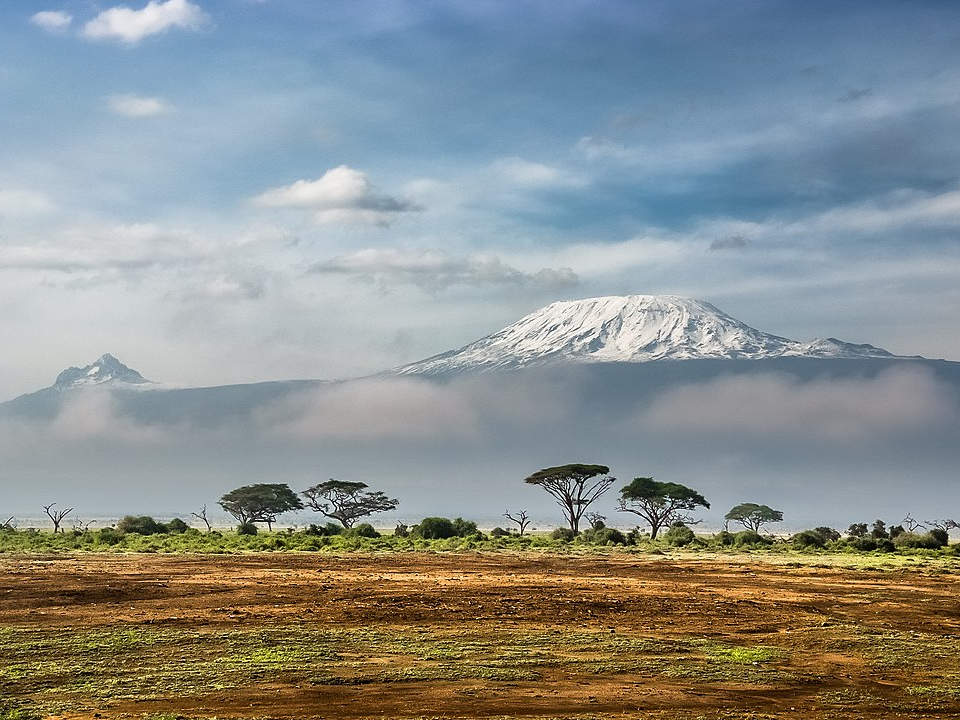
Mount Kilimanjaro, Africa’s highest peak, is one of the most iconic and sought-after trekking destinations in the world. Standing at 5,895 meters, Kilimanjaro offers a unique journey through diverse climates, ranging from tropical rainforest at the base to a freezing summit. The trek to the top is challenging, but it rewards climbers with unparalleled views and a sense of accomplishment. The mountain is home to a variety of ecosystems, making it a fascinating place for nature enthusiasts.
In addition to its natural beauty, Mount Kilimanjaro holds cultural significance for the people of Tanzania. The mountain is an important part of the local folklore, and it plays a significant role in the country’s identity. A trek to the summit of Mount Kilimanjaro is not just a physical challenge but a journey into the heart of Tanzania’s natural and cultural heritage.
This article originally appeared on Avocadu.
